

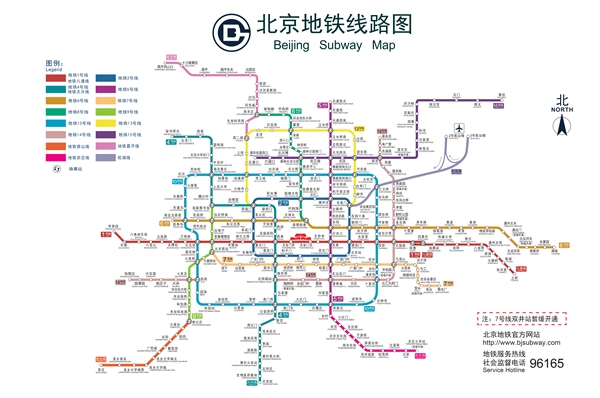
I take subway lines 1 and 10 on Sundays from my place of abode in Jianguomen to church Liangmaqiao. I have found the subway line to be fast, cheap and reliable way to commute.
While there are electric buses, taxis, the subway line remains one of Beijing’s most elaborate public transport systems connecting to almost every part of the expansive city.
With an intricate network of at least 17 subway lines, the subway system also has an express line to take passengers straight to or from Beijing Capital International Airport.
Subway lines haul more people than any other transport platform in a city that is home to about 22 million people and more than three million vehicles.
One unique advantage of subways over taxis or buses (which are also very popular) is that they are insulated from traffic jam that occasionally clogs the city roads.
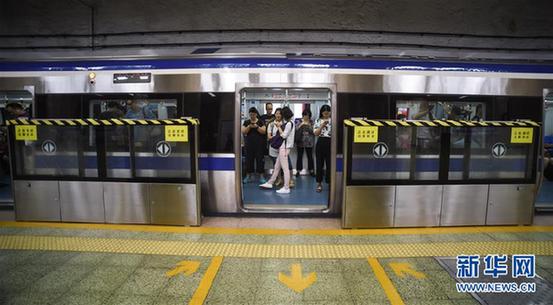
Smart transport
I purchased a Smart transport Card known as ‘Yikatong’ at 20 yuan that I have used multiple times. One can also purchase a one-time ticket at any ticket counter at Subway stations.
The smart card can also be refilled with units as low as 10 yuan (sh5,000), enough for one to travel across several places around the city.
I have been told the same smart card grants access to designated cinemas, supermarkets and restaurants around the city but I haven’t tried it.
Unspent funds on the card can be claimed by the bearer if the card is returned to authorities, probably when one is leaving the country.
Children of height not exceeding 4.3 feet tall (1.3 metres) can travel free of charge if accompanied by paying adult and if they are two, one of them travels free.
Cheaper travel
Subway fares are charged according to distance, with a modest 3 yuan for the first six kilometers, 4 yuan for six to 12km. The subway network covers a distance exceeding 30km across the city.
Compared to taxis, subway fares are very affordable. For instance, where a cab charges me 25 yuan from Jianguomen to Liangmaqiao, the subway fare is about 4 yuan.
The passageways are well-aerated and the metro stations are clean. Since it involves a bit of walking, there are giant escalators to make movement easier.
However, during rush hour in the early morning on weekdays, subways can get crowded and there are plans by the municipal government to expand the system to deal the high demand.
Directions
The Jianguomen Station in Chaoyang District, Beijing (Photo/Taddeo Bwambale)
Inside each train cabin, route charts mark points of destination and voice prompts in Chinese and English remind passengers upon approach to each subway station.
Directions to exits and connecting lines are clearly marked with bright colours in both English and Chinese characters at each station points.
Route maps on giant pillars at every station make it easy for passengers to find directions to their destination. It does no harm though asking someone or subway staff for help.
Links to city landmarks
One of the unique features of the subway system is that the main stops are somehow linked to important city landmarks and tourist attractions.
For instance, there are main stops around the Agricultural Exhibition Center, Olympic Park, Tiananmen Square and the Olympic Sports Stadium.
At each stop, there are at least four points of exit and it is important to know which one to take when getting out. I have come out from the wrong end a number of times.
With the high rate of urbanization in Africa, many cities are looking for efficient and low-cost urban public transport systems. The subway line system might serve as inspiration.
Taddeo Bwambale is a journalist working with the New Vision newspaper in Uganda, a fellow at the China-Africa Press Center and an intern at People's Daily Online. He can be contacted on taddeonyondo@yahoo.com
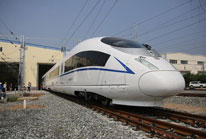 World's fastest bullet train to start operating next month
World's fastest bullet train to start operating next month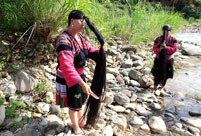 Huangluo: China's 'long hair village'
Huangluo: China's 'long hair village'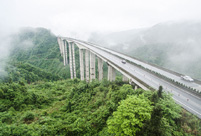 Spectacular bridge with one of the tallest piers in the world
Spectacular bridge with one of the tallest piers in the world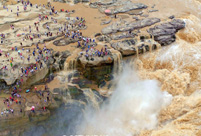 Magnificent view of Hukou Waterfall
Magnificent view of Hukou Waterfall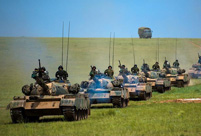 A glimpse of Stride 2016 Zhurihe B military drill
A glimpse of Stride 2016 Zhurihe B military drill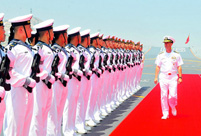 US Navy chief tours Liaoning aircraft carrier
US Navy chief tours Liaoning aircraft carrier Chinese American woman wins Miss Michigan
Chinese American woman wins Miss Michigan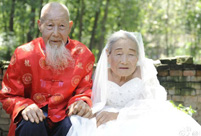 Centenarian couple takes first wedding photos
Centenarian couple takes first wedding photos Traditional Tibetan costumes presented during fashion show
Traditional Tibetan costumes presented during fashion show Top 10 livable Chinese cities
Top 10 livable Chinese cities Top 20 hottest women in the world in 2014
Top 20 hottest women in the world in 2014 Top 10 hardest languages to learn
Top 10 hardest languages to learn China’s Top 10 Unique Bridges, Highways and Roads
China’s Top 10 Unique Bridges, Highways and Roads THAAD cripples UN unity on NK nukes
THAAD cripples UN unity on NK nukes Caterpillar fungus no longer worth its weight in gold
Caterpillar fungus no longer worth its weight in gold Images of Chinese athletes in Rio breaking stereotypes against Asian males
Images of Chinese athletes in Rio breaking stereotypes against Asian males Will World Heritage list do more harm than good for China’s Shennongjia Forestry District?
Will World Heritage list do more harm than good for China’s Shennongjia Forestry District?Day|Week